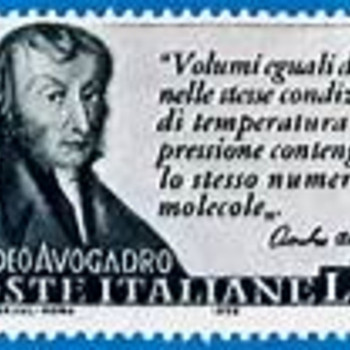We are oxidizing zinc metal in (likely!) hydrochloric acid.....
#Zn(s) + 2HCl(aq) rarr Zn^(2+) + 2Cl^(-) + H_2(g)uarr#
And given this stoichiometry, ............................
#"moles of metal "-=" moles of dihydrogen"#
#"Moles of zinc"=(23.699*g)/(65.39*g*mol^-1)=0.362*mol.#
And so we should generate #0.362*mol# #"dihydrogen gas"#
Now a pressure of #846*mm*Hg# is specified. Clearly, the person who has set the question HAS NEVER used a mercury manometer. One atmosphere of pressure will support a column of mercury that is #760*mm# high. And thus we must reduce the given pressure reading to units of #"atmospheres"#:
#"Pressure"=(846*mm*Hg)/(760*mm*Hg*atm^-1)=1.113*atm#
And then we solve the Ideal Gas equation.......#PV=nRT#
#V=(nRT)/P=(0.362*molxx0.0821*(L*atm)/(K*mol)xx297.15*K)/(1.113*atm)#
#V="approx." 8*L, "i.e. 8000"*mL.....#
Just on the question of pressure measurement, which is why I find it objectionable that someone should quote a pressure of #846*mm#, we can use a mercury column to measure pressure at about #1*atm# (i.e. #760*mm*Hg#) or at VERY low pressures, i.e. #P=0.01*mm*Hg, 5*mm*Hg# etc.. You put a mercury manometer under a pressure of greater than one atmosphere, and I bet you will get mercury all over the bench, and all over the lab. This is a major clean-up job, which contract cleaners won't touch.

